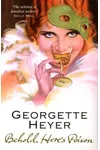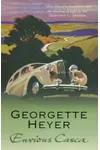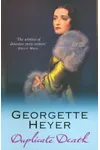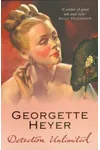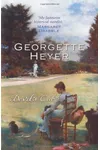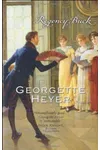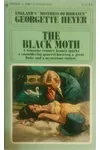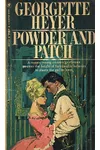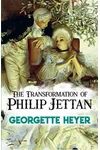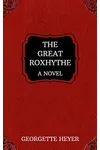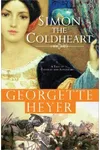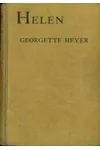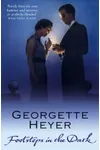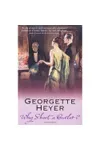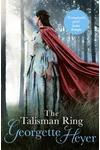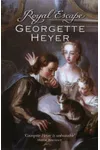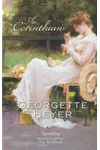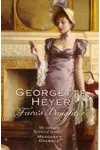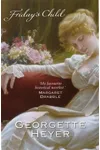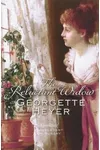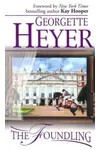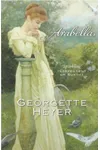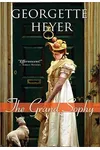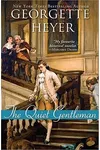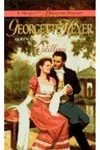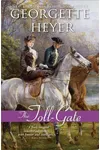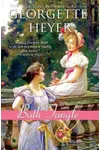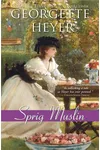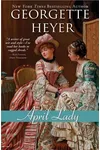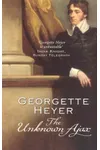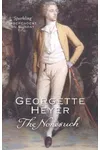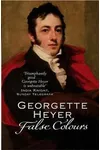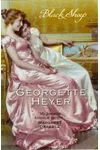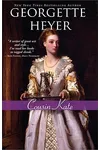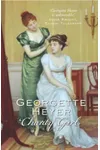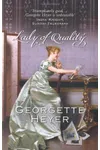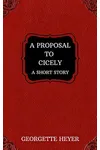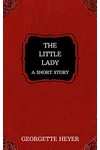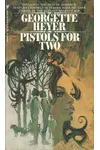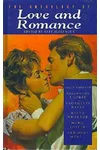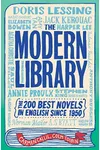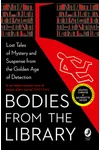Picture an English storyteller who spun Regency England into a world of dashing heroes, witty heroines, and sparkling romance—meet Georgette Heyer! Born in 1902, Heyer didn’t just write historical romance; she practically invented the Regency romance genre, blending meticulous research with a sharp wit that still captivates readers today. Her 50+ novels, from swashbuckling adventures to clever mysteries, made her a literary legend.
Heyer’s knack for bringing the past to life with humor and heart set her apart. Whether it’s a rogue earl in The Black Moth or a spirited heiress in Regency Buck, her stories are timeless escapes. Let’s dive into the life, works, and lasting legacy of this queen of romance!
The Making of Georgette Heyer
Georgette Heyer was born on August 16, 1902, in Wimbledon, London, to a family that cherished books. Her father, George, a teacher, encouraged her love for storytelling, while her mother, Sylvia, nurtured her creative spirit. At 17, Heyer crafted a tale to entertain her ailing brother Boris, which became her debut novel, The Black Moth, published in 1921. This Georgian adventure, written under her father’s encouragement, launched her career. By 23, she married mining engineer George Ronald Rougier, whose plot ideas later shaped her detective novels. Despite living in places like Tanganyika and Macedonia, Heyer’s heart remained in England’s past, where her stories thrived.
Georgette Heyer’s Unforgettable Stories
Heyer’s bibliography is a treasure trove of 56 novels, spanning historical romance, detective fiction, and more. Her Regency romances, starting with Regency Buck (1935), defined the genre. This bestseller follows a bold heiress navigating London’s high society, blending mystery and romance with Heyer’s signature historical detail. The Grand Sophy (1950) showcases her comedic flair, with a spirited heroine shaking up Regency norms. Venetia (1958), a fan favorite, delivers an achingly romantic tale of a practical heroine and a rakish lord. Heyer’s detective novels, like Footsteps in the Dark (1932), sparkle with wit, though she saw them as intellectual puzzles rather than major works.
Her style, inspired by Jane Austen and Samuel Johnson, mixes sparkling dialogue, intricate plots, and meticulously researched settings. Heyer’s Regency world—think Almack’s ballrooms and Vauxhall gardens—feels vivid, though she focused on the aristocracy, rarely touching on poverty or politics. Her heroines, often independent and sharp-tongued, clash with brooding, “saturnine” heroes, creating chemistry that’s both playful and profound. Heyer’s humor and historical accuracy made her a master of escapism.
Why Georgette Heyer Matters
Georgette Heyer didn’t just write books; she shaped a genre. Her Regency romances, with their “comedy of manners,” inspired countless authors, from Barbara Cartland to modern writers like Julia Quinn. Her meticulous research set a standard for historical fiction, earning praise from figures like Stephen Fry, who called her “one of the wittiest prose writers imaginable.” Despite her reclusive nature—she shunned interviews and publicity—Heyer’s novels sold millions, translated into over 10 languages. Her work lives on in adaptations for film, stage, and radio, and most of her books remain in print.
Heyer’s legacy isn’t without flaws. Some critique her for biases, like racial stereotypes in The Grand Sophy, reflecting her era’s views. Yet, her ability to craft immersive, joyful worlds ensures her enduring appeal. She showed that romance could be smart, funny, and historically rich, paving the way for the genre’s evolution.
- Born: August 16, 1902, Wimbledon, London
- Key Works: The Black Moth, Regency Buck, The Grand Sophy, Venetia
- Genres: Historical romance, detective fiction
- Notable Fact: Heyer’s An Infamous Army is recommended reading at Sandhurst Military Academy.
Ready to fall in love with Regency England? Snag Venetia or The Grand Sophy and dive into Georgette Heyer’s witty, romantic world!

